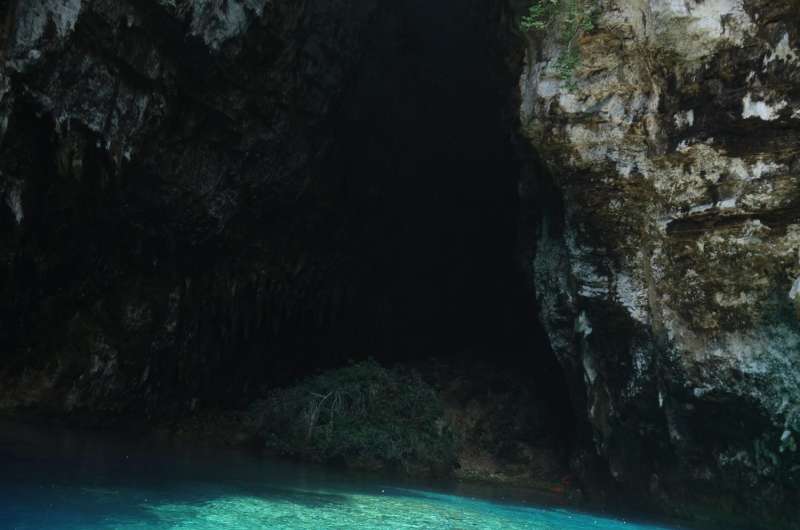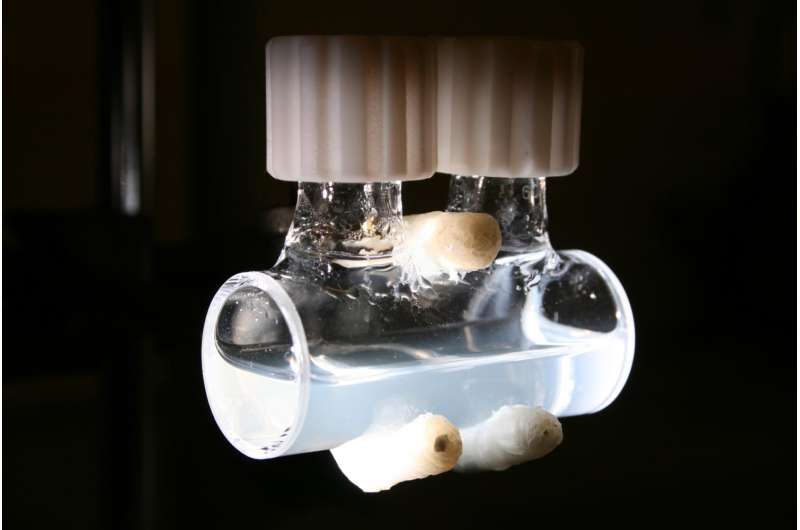Discovery of alternative photochemistry on water surfaces

Fatty acids found on the surface of water droplets react with sunlight to form organic molecules, essentially uncovering a previously unknown form of photolysis.
The findings are published in the journal Science.
Conventional wisdom holds that carboxylic acids and saturated fatty acids, which are abundant throughout the environment, only react with hydroxyl radicals and are not affected by sunlight. However, these previous conclusions are based on observations of the molecules in a gas phase, or dissolved in solution.
Stéphanie Rossignol from University of Lyon and colleagues studied nonanoic acid (NA) during a liquid-gas phase, as the molecules interact with surface water. They show that direct photolysis of a fatty acid at an air-water interface leads to the formation of oxidized products in the gas phase and of macromolecular products in water. They observed the formation of organic compounds along the surface of a liquid under UV light. They conducted a series of experiments to adjust for possible contamination, concluding that NA is indeed responsible for the observed photochemistry resulting in these compounds.
Based on the type of photochemistry observed, the authors say that similar reactions may be common to all carboxylic acid molecules.
Fatty acids are ubiquitous in the environment and such photochemical processing on aerosols could have a significant impact on local ozone and particle formation, the authors say. The results could affect models that account for aerosol particles, including models related to climate.

More information: S. Rossignol et al. Atmospheric photochemistry at a fatty acid-coated air-water interface, Science (2016).
Journal information: Science




















